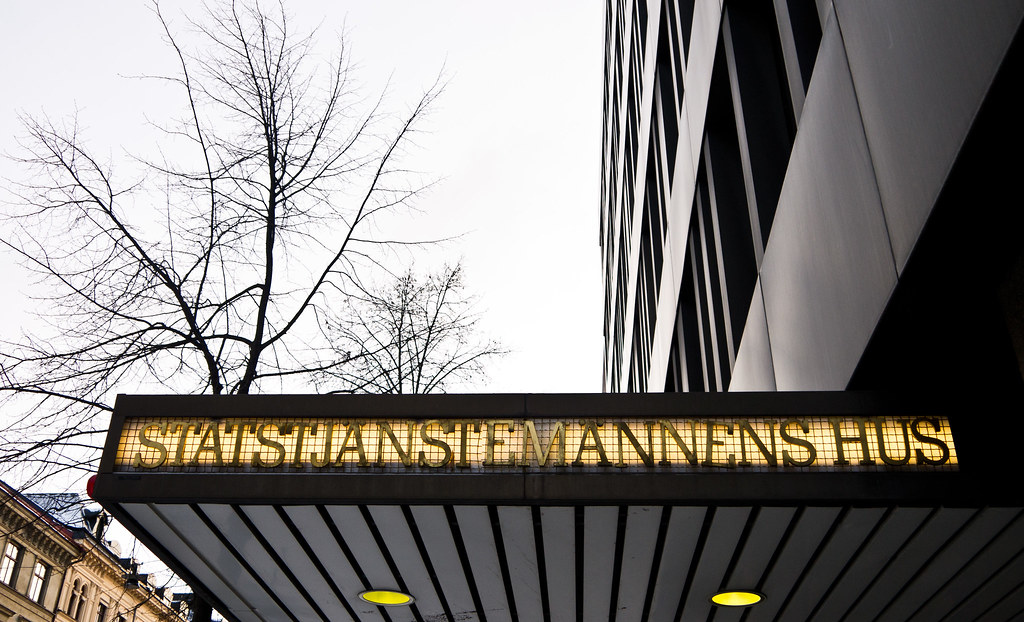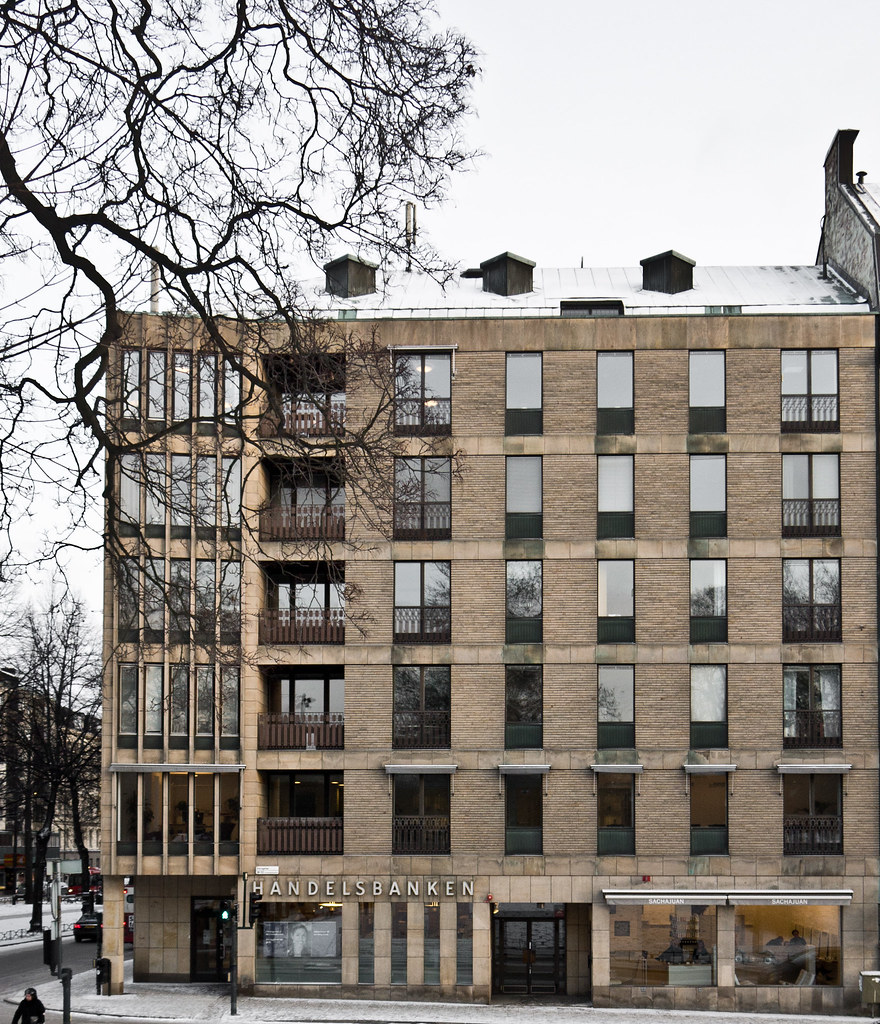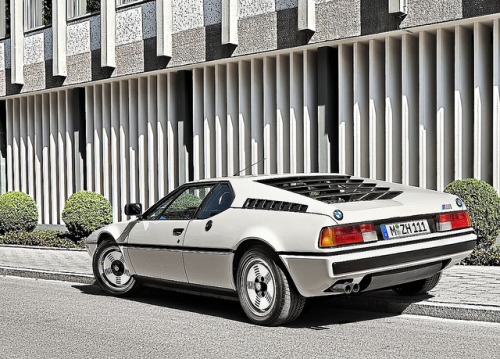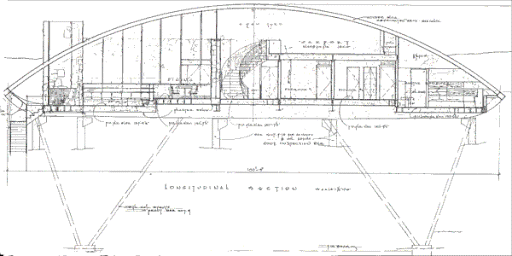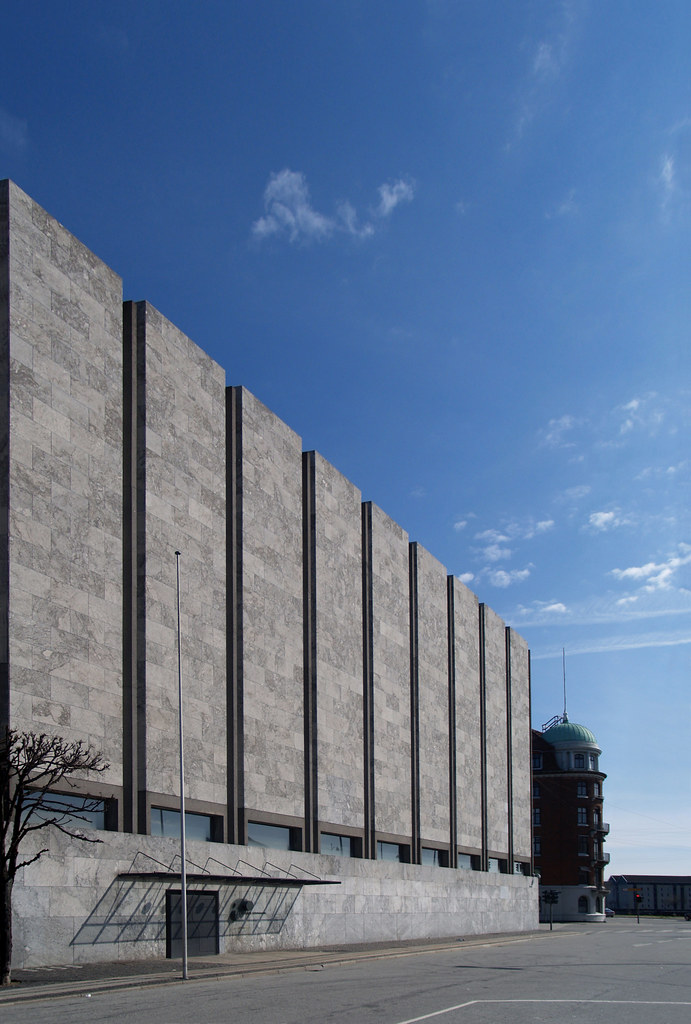Oak is probably my favourite wood. Look at the picures below and you'll see why.
This apartment belongs to the owner of Movement Design. Note the beautiful cabinet in the first picture, by Børge Mogensen, and the lamp, by Fog & Mørup. The chair hanging above it is one made for the H55 exhibition in Helsingborg by Björn Hultén. The art in the last picture is by Beck & Ljung; the bench, table and chairs are by Mogensen.
pictures by Patric Johansson/Söderberg Arkitektur


































